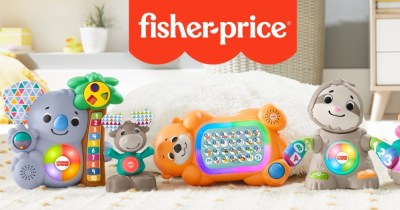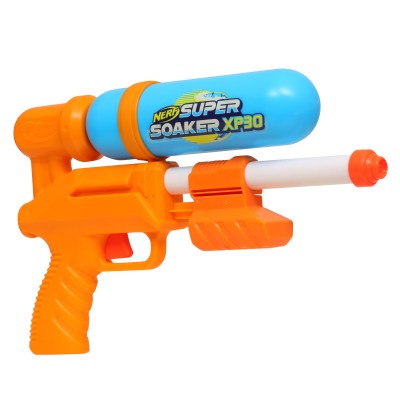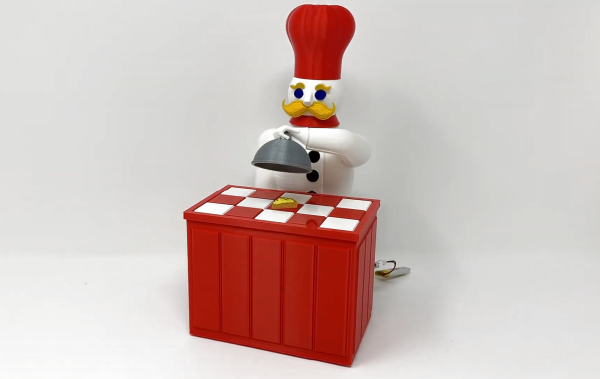It is a shame that there are fewer and fewer “nerd stores” around. Fry’s is gone. Radio Shack is gone. But the best ones were always the places that had junk. Silicon valley was great for these places, but they were everywhere. Often, they made their money selling parts to the repair trade, but they had a section for people like us. There’s still one of these stores in the Houston, Texas area. One of the two original Electronic Parts Outlets, or EPO. Walking through there is like a museum of old gear and parts and I am not ashamed to confess I sometimes drive the hour from my house just to wander its aisles, needing to buy absolutely nothing. It was on one of those trips that I spied something I hadn’t noticed before. A Remco Caravelle transmitter/receiver.
The box was clearly old and the styling of the radio was decidedly retro. You can tell it wasn’t catering to the modern market because it mentions: “play ham radio operator” which would surely mystify most of today’s kids. The unit was an AM receiver and a transmitter, complete with a morse code key and microphone. You can see a contemporary commercial for a similar unit from Remco, in the video below.
Continue reading “Retrotechtacular: Oh Boy! We’re Radio Engineers!”



















